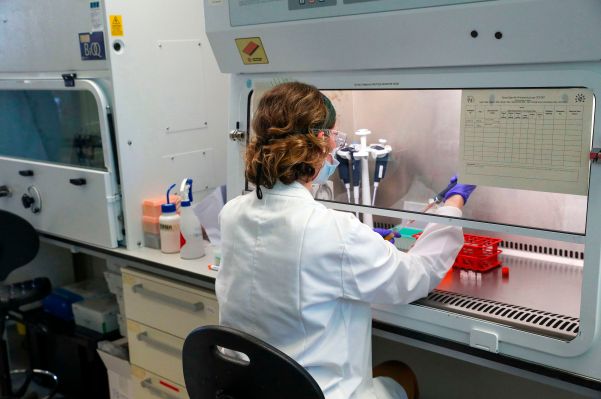
Oxford University’s COVID-19 vaccine, being developed in partnership with drugmaker AstraZeneca, has shown to be 70.4% effective in preliminary results from its Phase 3 clinical trial. That rate actually includes data from two different approaches to dosing, including one where two full strength does were applied, which was 62% effective, and a much more promising dosage trial which used one half-dose and one full strength dose to follow – that one was 90% effective.
Oxford’s results may not have the eye-catching high efficacy headline totals of the recent announcements from Pfizer and Moderna, but they could actually represent some of the most promising yet for a few different reasons. First, if that second dosage strategy holds true across later results and further analysis, it means that the Oxford vaccine can be administered in lower amounts and provide stronger efficacy (there’s no reason to use the full two-dose method if it’s that much less effective).
Second, the Oxford vaccine can be stored and transported at standard refrigerator temperatures – between 35° and 45°F – whereas the other two vaccine candidates require storage at lower temperatures. That helps obviate the need for more specialized equipment during transportation and on-site at clinics and hospitals where it will be administered.
Oxford’s COVID-19 vaccine also uses a different approach to either Moderna’s or Pfizer’s, which are both mRNA vaccines. That’s a relatively unproven technology when it comes to human therapeutics, which involves using messenger RNA to provide blueprints to a person’s body to build proteins effective at blocking a virus, without any virus present. The Oxford University candidate is an adenovirus vaccine, which is a much more established technology that’s already been in use for decades, and which involves genetically altering a weekend common cold virus and using that to trigger a person’s own natural immune response.
Finally, it’s also cheaper – in part because it uses tried and tested technology for which there’s already a robust and mature supply chain, and in part because it’s easier to transport and store.
The Phase 3 trial for the Oxford vaccine included 24,000 participants, and it’s expected to grow to 60,000 by the end of the year. Safety data so far shows no significant risks, and among the 131 confirmed cases in the interim analysis that produced these results, none of those who received either vaccine dosage developed a severe case, or one requiring hospitalization.
This is great news for potential vaccination programs, since it introduces variety of supply chain into an apparently effective vaccine treatment for COVID-19. We’re much better off if we have not only multiple effective vaccines, but multiple different types of effective vaccines, in terms of being able to inoculate widely as quickly as possible.






















